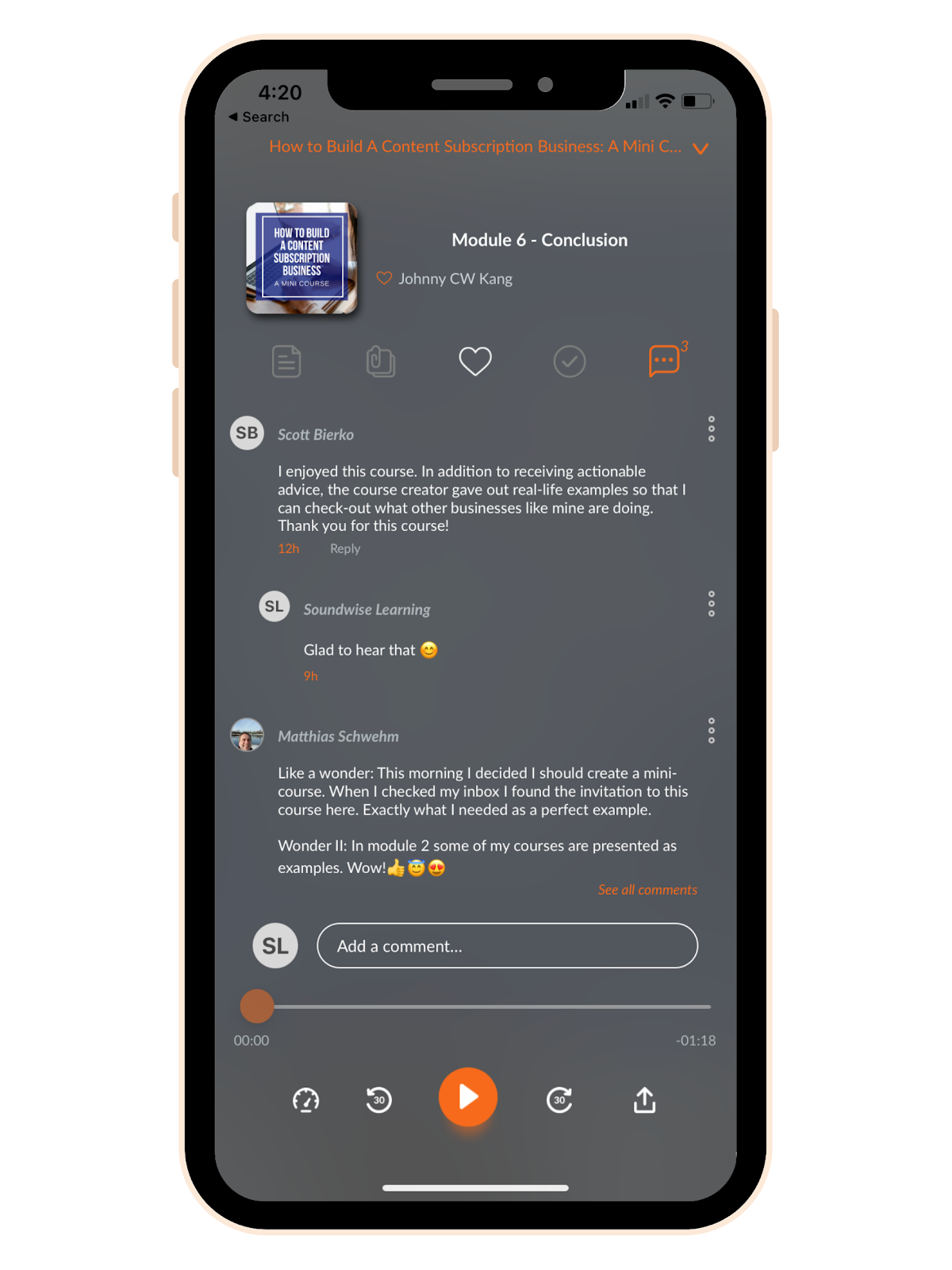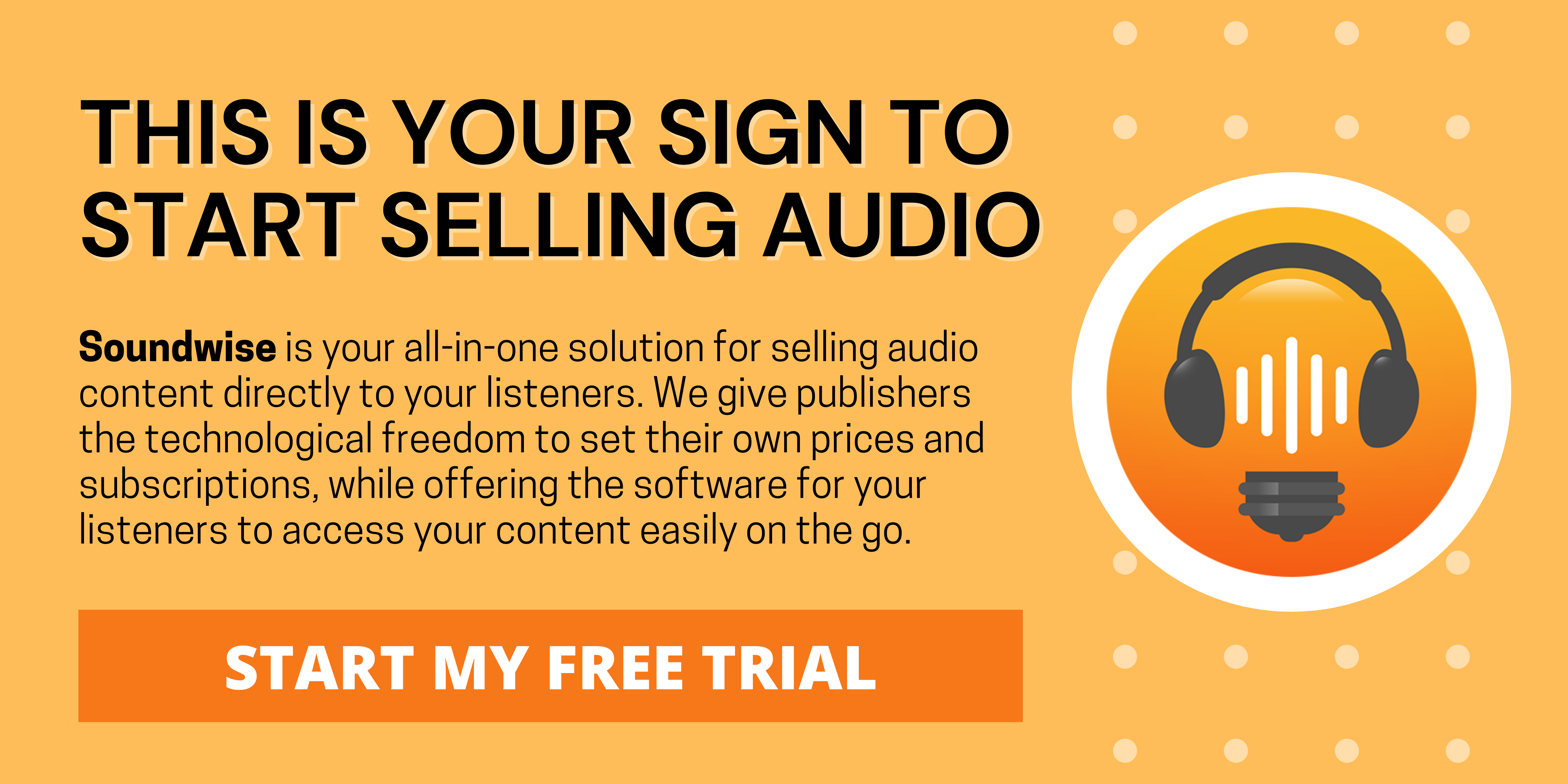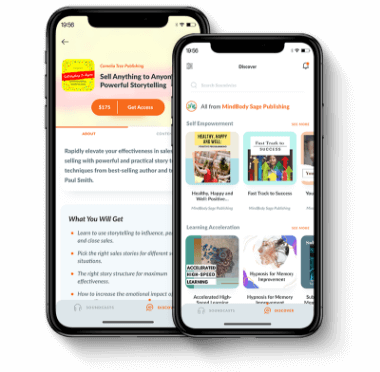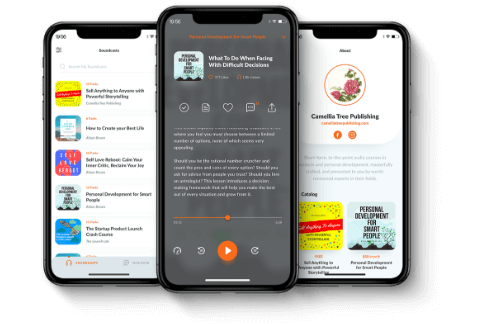So you have your online course. It’s a fantastic, in-depth, professional display of your expertise. You’ve sunk hours and hours of (unpaid) time into it. But why isn’t it selling?
There are various answers to this question, and we’re here to help. In this article, we’re going to be looking at the five biggest mistakes you’re making when selling your online course, and ideas for how to fix them. We will cover pricing your course, knowing your audience, finding a niche, course quality, and convenience of use.
1. Your course is priced incorrectly
Pricing your content is a classic Goldilocks scenario. Too high, and you dissuade customers. Too low, and you lower the perceived value of the course. Finding the ideal price for your course involves a careful examination of your course, its competitors, and your operating costs. The ideal price is one that is low enough to attract customers, while high enough to garner respect.
How to fix it:
- Research your competitors. This might seem like a given, but it’s an important place to start. If similar courses are selling for twice as much as yours, this can give your course the appearance of dollar-store value. Similarly, if your course appears unreasonably overpriced, then customers are less likely to choose you over the cheaper alternatives. But don’t just do this once and call it a day – keep researching semi-regularly and track your competitors’ pricing in a spreadsheet so that you can stay on top of market trends.
- Base your price on content, not length. The value of your course content should be what defines your cost, as the longest course is not necessarily the best. Of course, if you’ve jam-packed your course with three hours of the best instruction on the internet, you can get away with charging hundreds of dollars. But filling your course with unnecessary fluff can ultimately lower its value, not increase it.
For example, Think Yourself Thin is a popular weight loss program on Soundwise. The four audio episodes are less than one hour altogether, but customers are happy to pay $99 to gain access to the high-quality, effective content.
- Do not price too low. As we all know, you get what you pay for. Although you might have a fantastic course, if people perceive it as too cheap, they’ll be less likely to buy it. Lowering your price, or pricing too low can lead to longer-term losses, as raising prices later is a difficult task. There’s a good chance you’re underselling yourself, so don’t be afraid to set your baseline price higher than what you might initially think.
- Set pricing tiers. When you offer users multiple price points, they will compare them to figure out what they want. Research has shown that introducing different pricing options is a proven way of increasing revenue across all industries.
Know that by introducing tiers, you aren’t trying to sell your customers the highest price point; instead, you are letting them make a choice. If you make the middle tier your most attractive option, you might not have as many customers sign up for the highest tier, but that’s not the point. The point here is to give potential customers the sense that they are making a choice.
One way to give your customers pricing options is by selling an introductory portion of your course for a reduced cost or for free. You can also try offering exclusive premium content for a higher subscription fee. The Soundwise publishing platform offers flexible monetization options, including monthly, quarterly, and annual subscriptions, rentals, and one-time purchases, so you can experiment with setting your different pricing tiers and offerings.
Check out our mini-course for a deeper dive into pricing. However, before you delve into strategies like increasing prices, flash sales, and special discounts, keep the above pointers in mind; they are the fundamental techniques you need to sell online courses
2. You don’t know your audience
You may have the best course in the world, but if you’re marketing it to the wrong people, it won’t sell. Remember to stay focused on your target audience, instead of trying to be everything to everybody – if you’re trying to sell your course to everyone, you’ll end up selling to no one.
How to fix it:
- Hone in on your target audience. Ask yourself, “What types of people do I want to buy my course? Does this match my current audience? Do my current marketing outreach strategies focus on a clear target audience?” Taking a look at your competitors can help you get a better understanding of your target audience. Even if you have an idea of your audience in your head, it’s helpful to write it down as thoroughly as possible. Creating customer avatars can help you specify your target audience and consumer journey.
- Build out your email list. Having a strong email list will provide a way for you to interact with your audience directly and solicit valuable feedback. Additionally, email marketing tools like MailChimp have predicted demographics tools built in, so you can get an understanding of your audience’s age, gender, and geographical breakdown. Once you have your list, you will have far more success with audience outreach, as email marketing has some of the highest return-on-investment and conversion rates compared to other online marketing strategies.
Take a look at your email signup form. If the only thing you have written is “Subscribe to my newsletter!” then you’ve found the reason you aren’t getting that many signups. Offering a freebie (e.g. the first episode of your course) is a tried-and-true method, or you can use apps like KingSumo to host giveaways. Even better, you can prompt your website visitors to take a quiz, and require their email addresses to receive the results. The creators of the course Half Size Me have put this method to good use.
- Send out a survey. Now that you have your email list, you can get your audience’s views on a variety of topics. Questions such as “Which aspects of the course did you enjoy?” and “What were your expectations for the course? Were they met?” are simple to answer and provide valuable feedback. You can also ask your audience what they’d like to see more of in the course or get their feedback on what isn’t working. By getting these responses, you can have a better understanding of what matters to your audience, so that you can highlight those aspects in your marketing strategy.
- Engage with your audience on social media. Taking a look at your social media followers will help you gain a better understanding of your current audience’s interests and demographics. What other accounts and hashtags are they following? Which posts get the most engagement? Tap into analytics tools like Facebook Audience Insights and Instagram insights.
You should also be gathering feedback through comments and messages. On a platform like Soundwise, these interactive features are built-in, allowing your audience to engage with you in the same place that they listen.

3. You haven’t found your niche
Your course is great! Unfortunately, there are a hundred others just like it. If it doesn’t stand out, you’ll be relying on luck to sell it. You need to take a look at your course and ask yourself “What does my course offer that others do not?” Your course is not there to offer general knowledge on a topic, it is there to offer expert, professional, specialized instruction.
How to fix it:
- Write a value proposition. What value are you promising to deliver to customers should they buy your product? If you have already done one, don’t be afraid to do it again. This time, however, use what you know about your audience to bring it into a tighter focus. Ask yourself who you are targeting, what you are offering them, and why they need it. Cut out topics that do not connect with them and expand on the rest.
- Refine your focus. In essence, specific knowledge sells better than general knowledge. For example, nutrition and fitness coach Joyce Laszloffy sold the first 4,300 copies of her “I Kicked Sugar” audio course in just 3 months. Part of her success was her specific topic (kicking sugar). Rather than attempting to cover the colossal topic that is “weight loss,” she found a topic she was an expert in and focused on that. If you’re trying to figure out your focus, ask yourself what you’re A) knowledgeable about, B) passionate about, and C) experienced in.
- Make sure there’s a market demand for your niche. There’s a chance that what you created has an opposite problem, which is that your course is so specific that there isn’t really a demand for it. If you think this might be the case, it’s time to do some market research. Tap into tools like Google Trends, Google Keyword Planner, and Social Mention to determine if there’s anyone buzzing about your course topic.
4. You need to improve how your content is presented
In the end, if your course is difficult to use, it won’t succeed. Think of how teachers use different methods in the classroom. Teachers that provide tedious, boring lessons are not successful. If you’re lecturing your audience in a monotone for hours at a time, you will bore them. Break up your course into short chunks with clear targets and achievable results.
An example of a well-structured course is by speech coach Michael Williams. By setting clear goals, outlining his content beforehand, and sticking to a simple structure, he has created a course that his audience loves.
How to fix it:
- Have a crystal clear outline. Write out a brief outline of what your course entails. Create a list of points you cover in each section. If you have a child nearby, read them each section of the outline and ask them if they understand what will be covered in that section. If they don’t, then you may need to adjust your course description. Your audience should be able to know exactly what is covered in your course at a glance.
- Set clear goals. Clear and achievable goals have been directly linked with higher online course completion rates. At the beginning of each section, inform your audience exactly what they will achieve, and how they will reach those goals. Be as specific as possible. You can also introduce action steps for your listeners to take upon the completion of each course episode.
- Simplicity is key. Engulfing your audience in a torrent of vaguely relevant information is not helpful at all. Presenting your users with a title that reads “5 steps to perfectly butter your bread” will be far more successful than an overwhelming title like “All the ways to butter bread.”
- Learn to teach. Teachers are required to have years of training before they can stand in front of a class. Knowing how people learn is essential to have successful engagement. Putting just a couple of hours into this will help you stand head and shoulders above your competition.
5. Your course isn’t easy for your audience to consume
Some bad news: the average completion rate for online courses is just 15%. And people who don’t complete your course are more likely to leave negative reviews and request refunds. That holy grail of word-of-mouth marketing referrals will go untouched. At its most basic level, higher completion rates = higher sales. There are various reasons this can happen, but at the heart of it is convenience. The easier your course is to consume, the higher completion rates you will see.
To make your course easy to use, you should consider making it mobile-friendly and audio-based.
Why use a mobile-friendly & audio based system?
Shae Bynes, founder, and CEO of Kingdom Driven Entrepreneur is the creator of one of the most popular audio courses on Soundwise. Before creating the course, she sent out a survey to her audience asking them if they preferred video or audio content. A massive 70% said they preferred audio.
This is not surprising, considering that in 2019 two-thirds of Americans listen to online audio. Audio content is the most convenient, mobile-friendly format available, as evidenced by the fact that over 69% of podcasts are listened to while multitasking. Having your course accessible within seconds of your audience reaching into their pockets is essential, given that Americans spend over four hours a day on their smartphones.
How to fix it:
- Deliver your content through an audio-based mobile app
You might be tempted by large online course platforms. However, these courses are geared towards video content to be viewed on a computer. With audio content on the rise, you may be better off using a platform that can provide a mobile listening experience, like Soundwise.
Soundwise’s audio and mobile-friendly features make it incredibly easy for your audience to listen on-the-go. The platform is built around providing a professional appearance, giving your audience a smooth and streamlined listening experience. Soundwise offers a rich variety of marketing features, allowing you to market your course with trial periods, promo codes, pricing tiers, bundles, and more.
Conclusion
In the end, remember that your online course should be a valuable resource. Creating a successful online course involves crafting a targeted, convenient, and enjoyable experience. Simply throwing useful facts onto the internet won’t get you the results you need. Your audience should want to use your course.















